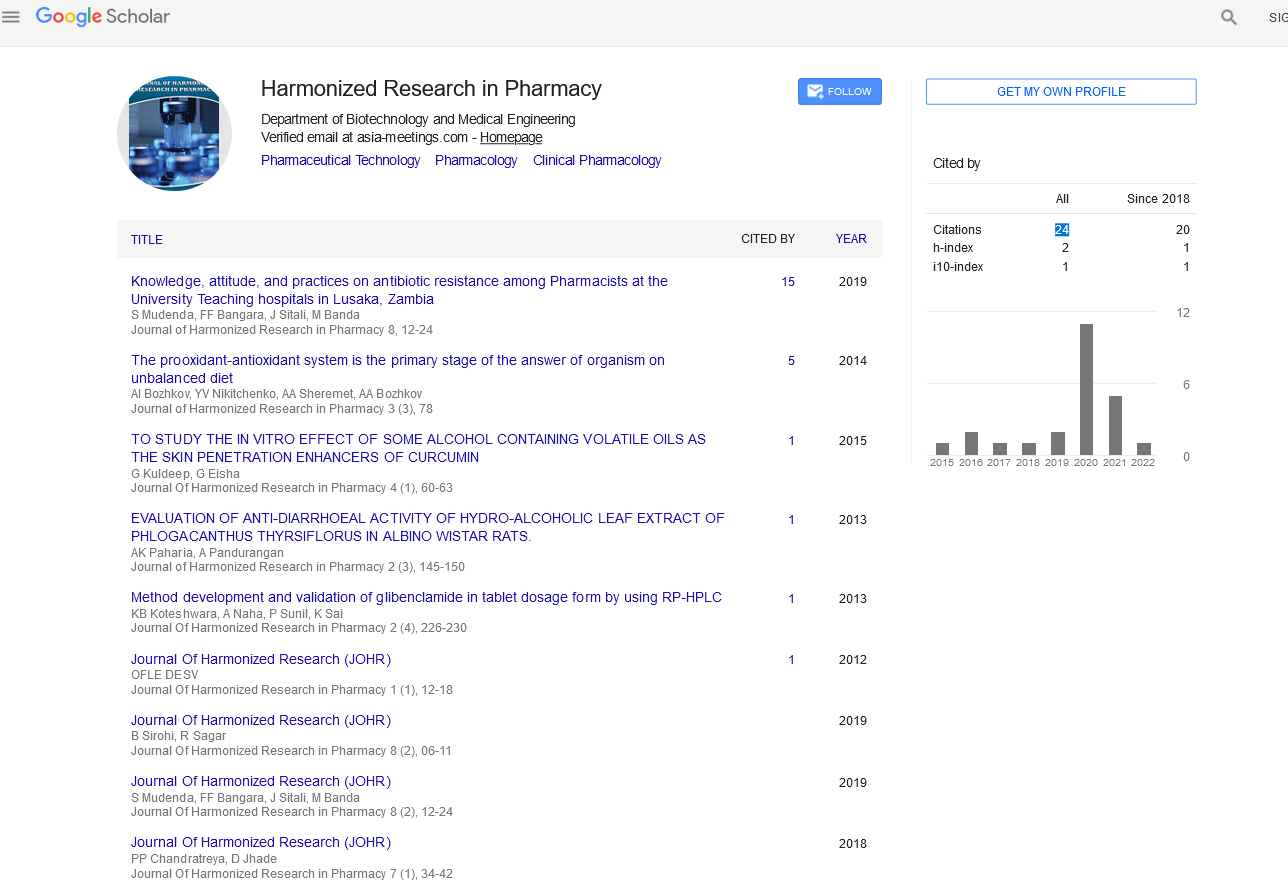BACTERIOLOGICAL PATTERN AND ANTIBIOTIC SENSITIVITY IN NEONATOLOGY WARD ULIN GENERAL HOSPITAL, BANJARMASIN, INDONESIA
Abstract
Author(s): Ari Yunanto, Yulia Margareta, and Dewi Indah Noviana Pratiwi
Neonatal septicemia remains one of the main causes of mortality and morbidity. Early treatment and appropriate use of antibiotics would minimize the risk of its severity. This study was conducted to determine the profile and antibiotic sensitivity pattern of bacterial isolates from blood cultures of neonates with septicemia admitted in our neonatal unit. About 256 datas were taken from medical record of neonates from 1 January - 31 Desember 2013. The bacterial were isolated using VITEK 2. Inclusion criteria were neonates with features of sepsis and had positive blood culture. Exclusion criteria, if the data was not complete. The result shows that the most common pathogens were Staphylococcus haemolyticus (22, 3 %), followed by Klebsiella pneumoniae (19,1%) and Staphylococcus epidermidis (10,6%). Vancomycin, imipenem and gentamicin have high susceptibility to gram-positive bacteria. Amikacin, meropenem and ertapenem have highly sensitivitas to gram-negative bacteria. As the conclusion Staphylococcus haemolyticus is the most frequent gram-positive bacteria causing neonatal sepsis. Keywords : Neonatal sepsis, Bacteria, Antibiotic

Google Scholar citation report
Citations : 147
Journal of Harmonized Research in Pharmacy received 147 citations as per google scholar report









